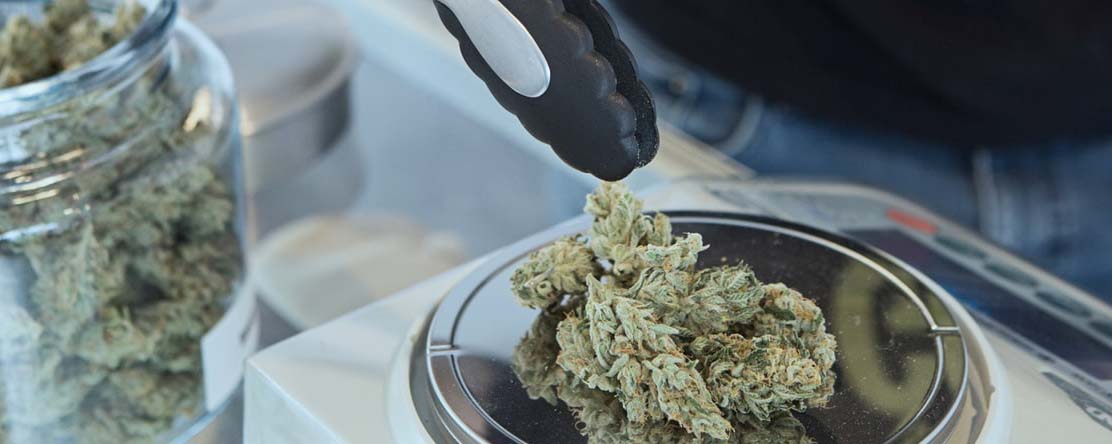
In the News
More Older Americans are Smoking Marijuana
-
Focus Areas
Alcohol, Tobacco, Drugs & Mental Health -
Issues
Cannabis -
Expertise
Research – Survey -
Programs
Alcohol Research Group


U.S. marijuana consumption is more prevalent today than during the conservative 1980s. Surges in drug use are often attributed to “kids these days,” but new research shows that the change has been driven not by stereotypical longhair youngsters but by the gray-haired and balding set.
Researchers William Kerr, Camillia Lui and Yu Ye integrated 30 years of survey data from over 40,000 participants who reported on whether they had used marijuana in the past 12 months. Only two age groups showed a significant rise in use. Compared with older Americans 30 years ago, Americans age 50 to 59 and 60 and older today are a remarkable 20 times more likely to use marijuana.
Even though marijuana use was consistently more prevalent among the young than the old throughout the 30 years that were studied, and the use rate of young adults has risen over the past decade, the use rate of people age 18 to 29 was about the same in 2015 (29.2 percent) as it was in 1984 (29.9 percent). This was also true of Americans age 30 to 39 (14.8 percent in 2015, 18.1 percent in 1984) and age 40 to 49 (11.7 percent in 2015, 9.6 percent in 1984).
This pattern of results led the team to conclude that they had identified a cohort effect rather than a trend affecting the entire society. Specifically, the researchers noted that people born before World War II very rarely used marijuana at any point in their life, but as this population passed away, the marijuana use of subsequent generations became increasingly felt in greater total population use.
The signature change occurred with the baby boomers who were born from the late 1940s through the early 1960s. Many generational habits begun in youth die hard. Just as the boomers engaged in an unusually large amount of crime in their youth and continue to do so far later in life than did their parents, they also have also carried the heavy substance-use patterns of their adolescence into their senescence.
Continue reading the full article in the Washington Post.
The ARG study was also covered by VICE News and SFGate.
Originally published by Washington Post
More Updates
Work With Us
You change the world. We do the rest. Explore fiscal sponsorship at PHI.
Support Us
Together, we can accelerate our response to public health’s most critical issues.
Find Employment
Begin your career at the Public Health Institute.



